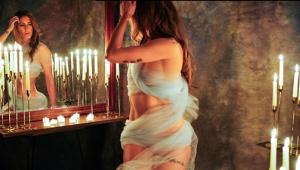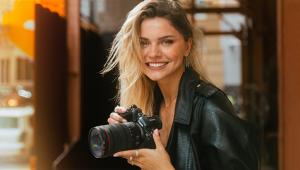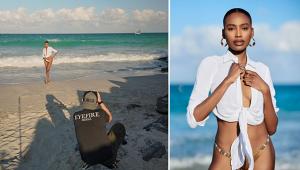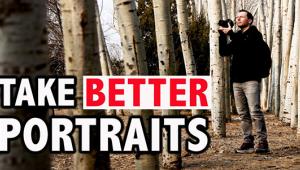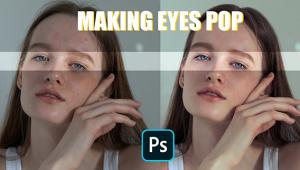3 Must-Know Techniques for Portrait Composition (VIDEO)

Effective composition can make or break the impact of every photograph you capture, whether it's an expansive landscape scene or an environmental portrait. Today's tutorial from instructor Gerhard Needham concentrates on the latter, with three pro tips than anyone can master with ease.
Needham is an eclectic pro with a collection of beautiful fashion, sports, and landscape imagery. In this episode he illustrates a trio of powerful framing techniques that he says, "will improve your portrait composition, help you break those hard-and-rules, and display greater visual interest."
These simple technique will also enable you to express your creativity. Needham compares framing up a shot before tripping the shutter to cutting a piece of paper: "You measure twice and cut once." This is especially important if your goal is to compose in the camera and avoid cropping during post processing.

One common mistake is getting in too tight and cutting off the feet of a subject. Needham's formula for full-body portraits involves a 30/70 split between headroom and feet room as you'll see in the example he provides. For mid-body shots "you never want to cut the frame off at the knees or any of the subject's other joints."
Lens selection is another key consideration because many photographers think that a focal length of 85mm is the best and only way to go. Needham says, "I completely disagree" and he provides several reasons why the perspective of wider or longer lenses often delivers more interesting results in certain situations.
The lesson continues with an interesting discussion of employing negative space vs. filling the frame. You'll see how Needham incorporates both techniques to add variety to his imagery. "Negative space is the hardest to get right, but it differentiates the good from the great photographers because you have to be very mindful of distractions in the scene."

Another factor to keep in mind, according to Needham, is that "our eye is drawn to the brightest and most contrast-rich part of an image, and in portrait photography we want that to be our subject." As you'll see, this has important implications for how you compose a shot.
There's much more to learn about portraiture and other popular photographic genres on Needham's instructional YouTube channel, so be sure to pay a visit and subscribe.
And don't miss the recent tutorial we featured with another accomplished pro who explains why understanding how the Color Wheel works will make a "massive improvement" in every photograph you shoot.


